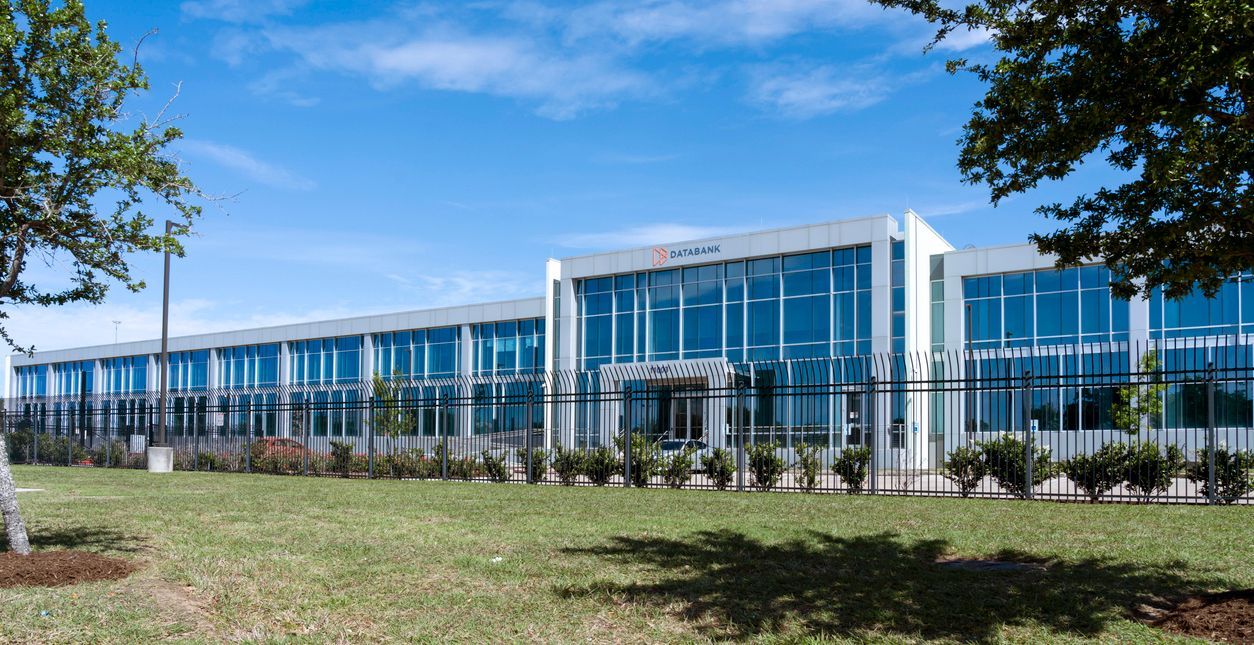Mapping the Potential of Sewage Heat Recovery
Why Map Sewage Heat Availability?
As cities seek sustainable and efficient energy solutions, one often-overlooked resource is wastewater. Utilizing sewage heat recovery for heating and/or cooling buildings is one of the most exciting opportunities available for cities. They can quickly and easily take big steps in stopping fossil fuel use and reducing carbon emissions, saving precious drinking water, improving air quality, and reducing noise pollution.
Most significantly, is that the city already has their sewage network in the ground, and they already have the heat energy flowing within those pipes, ready and waiting to be utilised. By mapping the available wastewater heat within a city, municipalities can strategically plan for its integration for use in buildings, industries, into district heating and other energy networks.
Sewage Heat Availability Mapping
Mapping the thermal potential of a city’s sewage system visualizes the flows and pinpoints high-potential zones within the network. This can help improve cost-effectiveness by prioritizing locations where heat recovery investments yield the highest return. In turn, this will support sustainability goals by reducing carbon footprints and reliance on conventional heating sources.

Key Steps in Mapping Sewage Heat Availability
1. Data Collection & Analysis
Expert analysis of the data is required to assess technical risks, establish upper and lower thresholds and generate forward looking scenarios. All of this work then allows modelling of the thermal capacity available at any location within the network. Mapping sewage heat starts with gathering a variety of data such as:
- Wastewater temperature
- Flow rates
- Treatment processes
- Wastewater characteristics
- Topography
- Climate
- Infrastructure layout
- Policy regulations
- Planned infrastructure changes
- Urban expansions or intensifications
2. Information System (GIS) Mapping
This modelling information can be presented using Geographic Information System (GIS) to show the locations of the heat energy.
- Heat Maps show where the heat flows are located.
- GIS map layers can be added to existing GIS data or be the basis for its own series of layers.
- The most common information presented is the heat energy capacity of the sewer segment which is the result of an analysis of flow temperature and thermal limits of removal.
3. Identifying High-Potential Zones
By overlaying thermal capacity data onto urban maps, planners can pinpoint optimal locations for heat recovery installations. These may be locations where wastewater network ‘hot spots’ coincide with high thermal demand zones within the city. Examples of these that often present the best opportunities may be:
- High-density urban areas
- Hospitals
- Commercial districts
- Industrial zones
- Community aquatic facilities
4. Feasibility Assessment & Implementation
Technical and economic feasibility studies help refine site selection by assessing:
- Energy demand vs. available sewage heat
- Infrastructure modification needs
- Non-financial benefits such as: noise reductions, air quality improvements, water savings, legionella risk reductions, seismic risk reductions
- Cost-benefit analysis and return on investment
Future Outlook of Sewage Heat Recovery
With rising urban energy demands, sewage heat recovery is poised to play a crucial and significant role in sustainable city planning. By leveraging the hidden energy potential in wastewater, cities can take a significant step toward decarbonization while enhancing energy resilience. Mapping sewage heat availability is not just a technical endeavor—it’s a pathway to a cleaner, more efficient future.
STEN is a network of the scientific and engineering community, the municipal utility community and the governance community with membership for all.
Objective of the Sewer Thermal Energy Network
Sewer Thermal Energy Network's objective is to promote the use of sewage thermal energy for the benefit of our collective lives and the environment by making development more sustainable. One of the main objectives of STEN is to provide an interactive capacity between entities that allows for the development of this useful resource. This information will help bridge the information gap between a little known but vast resource and the development community.
Peer to Peer Networking with STEN
The idea of energy recycling is a new, dynamic idea that will require rethinking by all participants in society. Not only does a bridge between groups need to be built, a community also needs to develop within that space to change the world. STEN hopes to provide a place for all members of this coalition to meet and exchange information: Engineers, Educators, Researchers, Developers, Policy Makers, Regulators. We invite you to send a message to begin a conversation that will give you the answers you need.


